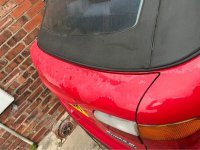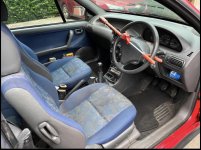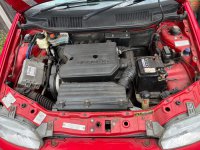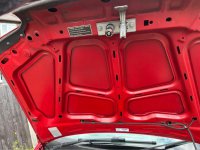So I’ve not taken the head off yet, I still need to be able to move it for the time being to do some other things in the garage, but I am building up the collection of tools needed for the job.
One thing is for sure this is a hydraulic tappet engine, as there is no cam cover it is a cam carrier so when you take the top off the cams come with it, this means there is no way to set or space shims as you’d not get to the tappets with the cam carrier on.
I have to admit I have not pulled apart one of these engines before, most of my experience comes from Ford engines which are pretty conventional.
So I need to get the car out of the garage so I can mount the 4 metre long 80cm high Fiat logo on the wall.
I’m also working on the wheels at the same time.
I should ask
@ben to turn this into a build thread.
This week I have been mostly searching for things to do such as repairing the irreplaceable intake pipe they no longer make but always splits and I have put new insets in the air filter box so that bolts down now. Also treated it to some hose clips.
The wheels have no tires on now a courtesy of the garage who MOTd the wife’s mini
With his second birthday coming up and being obsessed with tools and cars (diggers, tractors, trains you get the gist) I have told everyone only to buy him tools for his birthday, he needs a set of valve spring compressors and timing tools for a Fiat 1.2 16v.
The Ribe bits for taking the head off arrived today, I went with Nielsen in the end













